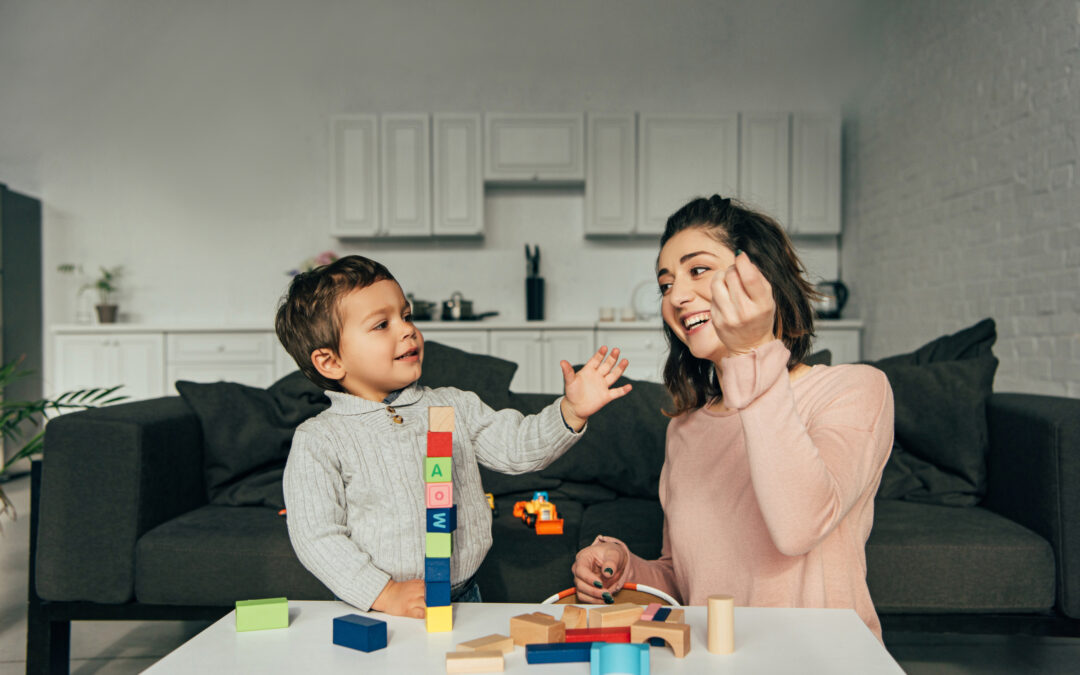Introduction
Effective communication is one of the most essential skills children develop as they grow, impacting every facet of their lives from social interactions to learning and self-expression. For children facing challenges in communication, especially those on the autism spectrum or with developmental delays, ABA (Applied Behavior Analysis) therapy offers structured support designed to enhance communication abilities. Through techniques rooted in behavioral science, ABA therapy equips children with foundational communication skills, empowering them to better connect with the world around them.
What is ABA Therapy?
ABA therapy, or Applied Behavior Analysis, is a therapeutic approach focused on understanding and modifying behaviors to improve social, academic, and everyday functioning. Through strategies like positive reinforcement, prompting, and shaping, ABA helps children acquire meaningful skills by reinforcing desired behaviors and reducing undesired ones. When it comes to communication, ABA is uniquely suited to help children learn and practice effective ways to express themselves, respond to others, and interpret social cues.
Common Communication Challenges in Children with Autism
Children with autism and developmental delays often experience communication difficulties that make it hard for them to express needs, understand others, or engage in social interactions. These challenges can vary widely, from limited speech or complete nonverbal communication to difficulty with understanding abstract language or social cues.
- Verbal vs. Nonverbal Challenges: Some children may have limited verbal abilities, struggling to find the words to express themselves, while others may be nonverbal, relying on behaviors or gestures instead of words.
- Behavioral Communication: Children often use actions or behaviors to communicate frustration, needs, or discomfort. ABA therapy works to shape these behaviors into clearer, verbal or nonverbal methods of communication that can be better understood by caregivers and peers.
How ABA Therapy Supports Communication Development
ABA therapy provides children with strategies and tools to express themselves more effectively, promoting engagement and meaningful social connections. Some core methods include:
- Positive Reinforcement: ABA therapists use positive reinforcement to encourage children to attempt communication. When a child uses words, signs, or a communication device to express a need, they receive a reward, reinforcing the behavior and making them more likely to repeat it.
- Prompting and Shaping Techniques: Therapists may use prompting, such as offering verbal cues or physical guidance, to help children achieve communication goals. For instance, if a child needs to ask for a toy, a therapist might gently guide them to say “toy” or point to a picture of it. Over time, prompts are faded, and the child gains independence in their communication.
- Behavioral Interventions for Social Communication: ABA therapy doesn’t just focus on words but also teaches children how to engage in social communication, such as making eye contact, taking turns in conversation, and responding appropriately in social situations. These skills are essential for building friendships and participating in group activities.
Types of Communication Skills Developed Through ABA
ABA therapy aims to develop a broad range of communication skills, tailoring each approach to the child’s specific needs and abilities. These can include:
- Basic Communication Skills: ABA helps children build foundational skills, such as labeling objects, making requests (manding), and answering simple questions. These are crucial for day-to-day communication.
- Advanced Communication Skills: For children who have mastered basic communication, ABA therapy can support more complex skills, such as understanding and using emotional language, following multi-step instructions, and even engaging in conversational exchanges.
- Alternative Communication Methods: For nonverbal children or those with significant speech challenges, ABA may incorporate alternative communication methods like PECS (Picture Exchange Communication System) or AAC (Augmentative and Alternative Communication) devices. These tools allow children to communicate their thoughts and needs effectively without relying on spoken words.
Success Stories: Real-Life Examples of ABA-Driven Communication Growth
Many families have experienced transformative results through ABA therapy. For example, a child who initially used tantrums to express frustration may, over time, learn to use a communication device to say “help” or “need break,” reducing their frustration and helping them feel understood. In other cases, a nonverbal child may learn to use picture cards to indicate preferences, providing them with a means of expression that brings a sense of autonomy and joy.
These real-life transformations highlight the impact of ABA therapy on communication, illustrating how small steps can lead to meaningful improvements in a child’s ability to connect and interact.
Parent and Caregiver Involvement
An essential component of ABA therapy is the role of parents and caregivers in reinforcing communication skills at home. ABA providers often work closely with families, equipping them with techniques to encourage and support their child’s communication growth outside of therapy sessions.
- Training and Practice at Home: ABA therapists provide parents with strategies to practice communication skills with their children in natural settings, such as during meals, playtime, or daily routines.
- Empowering Families: By empowering families to participate in their child’s communication journey, ABA therapy helps create a supportive environment that reinforces the child’s progress and builds their confidence in everyday interactions.
Conclusion
ABA therapy plays a vital role in helping children overcome communication challenges, offering them tools to express their needs, interact with others, and build essential life skills. Through a combination of positive reinforcement, structured interventions, and family involvement, ABA not only improves communication skills but also enhances a child’s social and emotional well-being. For families seeking ways to support their child’s communication development, ABA therapy offers a path toward meaningful, lasting growth.

